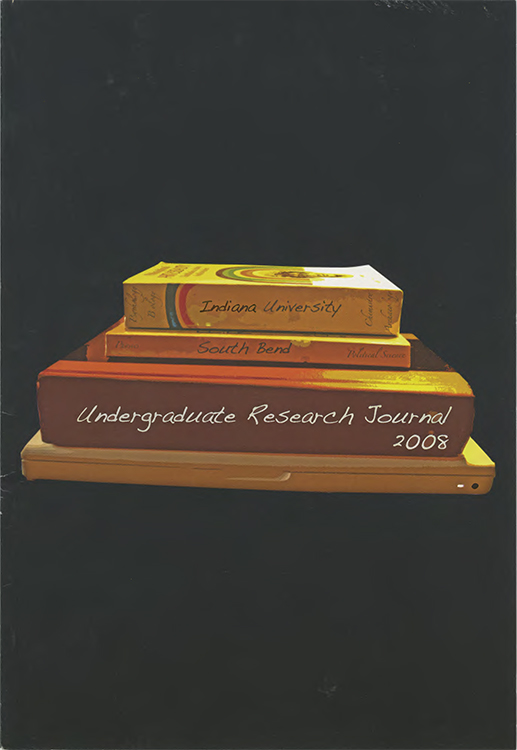Democratic Transition in Hungary
Main Article Content
Abstract
The purpose of this essay is to analyze three factors that led to a democratic transition in Hungary, and also to determine the state of democracy in Hungary today. The history of rule in Hungary Jed to a situation with many political actors and agendas. There are numerous factors that caused a democratic transition, among them the weakening of the Soviet Union, the influence of other nations, and the negotiations between the Hungarian government and the Hungarian opposition. The Soviet Union's slow collapse allowed for democratic conditions to come into being in many Soviet occupied nations, including Hungary. With this collapse, other countries such as the United States were able to deliver economic aid to Hungary. Another country that helped facilitate democratic transition was Poland, which had gone through a transition under Soviet rule not long before, and thus provided an example to other countries on how to undergo a transition. The third factor is the roundtable discussions between the opposition and the government in Hungary. These discussions led to the government agreeing to free elections, which led to a democracy. The democracy in Hungary today is consolidated; there have been no revolutions against democratic rule, and the economy is steadily improving. This, plus the admission of Hungary into the European Union, leads to the conclusion that Hungary is a stable, consolidated democracy.
Downloads
Download data is not yet available.
Article Details
Section
Articles
IUSB Student Journal Copyright Agreement
☐ I declare that this submission is my original work, and that it does not, to the best of my knowledge, infringe upon anyone's copyright.
☐ I agree that that [the journal] may, without changing the content, translate the submission to any medium or format for the purpose of preservation.
☐ The Undergraduate Research Journal may keep copies of my submission, and to translate it to any medium for future reproduction and distribution. I understand that I have the right to request that my submission be removed from IUSB online sources at any time by emailing Stephen Finlay, IUSB ScholarWorks administrator, at scfinlay@iusb.edu. Once I have made the request, the item in question will be taken down immediately.
